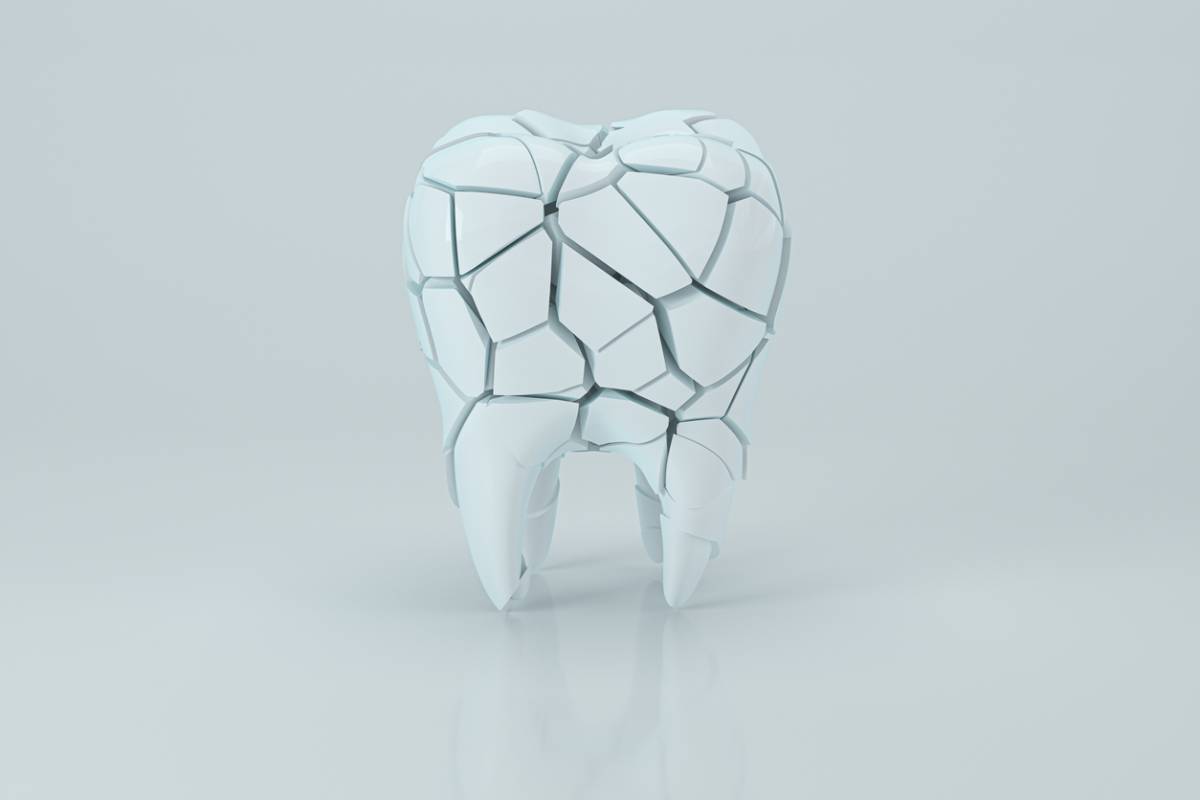Research has shown that a cracked tooth is the leading cause of tooth loss in industrialized nations. While a cracked tooth is a common issue, it does require dental treatment. This is because a cracked tooth can pose a variety of issues if left untreated. Below you will find the dangers of a cracked tooth and how to ensure your teeth stay strong and healthy.
Dangers of a Cracked Tooth
A cracked tooth can be really painful and may require immediate dental treatment. However, sometimes a cracked tooth may not come with any symptoms. Even if you don’t have any symptoms, it’s important to talk with a dentist to see if treatment is necessary. This is because an untreated cracked tooth can pose certain dangers to your dental and overall health. A cracked tooth can lead to the following issues if not taken care of.
- Tooth Loss: A cracked tooth creates space for harmful bacteria. This can easily cause tooth decay from the inside out. This can cause the crack to widen which can result in breakage or complete tooth loss.
- Nerve Damage: The harmful bacteria in your mouth can impact your tooth to the point of complete tooth loss. However, it can also damage the nerve in your teeth. This can result in extreme pain and irreparable harm.
- Infection: When the harmful bacteria gets into your cracked tooth it can also get into your bloodstream. This can allow the infection to reach other parts of your body and even be lethal if left untreated for too long. Some symptoms of a dental infection include:
- fever
- pain while chewing
- swollen gums
- sensitivity to hot and cold temperatures when eating or drinking
- bad breath
- tender glands (in your neck)
Types of Cracked Teeth
A cracked tooth can vary substantially in terms of type and severity. Below are the common types of cracks that can impact your teeth.
- Vertical Cracks: This type of crack can start from the bottom of your tooth and extend into (or right at) your gum line. If the crack has not reached your gum line, it can most likely be saved. However, a vertical crack that passes your gum line may require extraction. This is why it’s important contact a dentist in Montclair to get treatment as soon as possible.
- Split Tooth: This type of crack is similar to a vertical crack. However, the tooth is often split into two segments (versus only a crack). In this case it is unlikely that your tooth can be saved.
- Vertical Root Fracture: A vertical crack begins below the gum line and extends up into the gum line. You may not experience symptoms with this type of crack, but it can lead to tooth loss once it extends into your gum line.
Cracked Tooth Treatment
A cracked tooth may require extraction due to the damage. However, if treated early on your tooth may be saved. Treatment options depend on the type of crack, the size, where it’s located, your symptoms, and how far into your gum line extends (if at all). A dentist may be able to save your natural tooth through the use of bonding, a dental crown, or a root canal. In severe cases, extraction may be necessary. If you have a cracked tooth, contact the top emergency dentist in Montclair. The team at Monte Vista Dental Group can provide you with emergency dentistry services to ensure your oral health stays in good shape.
While accidents happen, it’s important to keep your teeth healthy and strong. This can help them withstand trauma more effectively. Keeping your oral health in good shape relies upon a consistent daily oral care routine, in addition to regular dental visits. You should also maintain your overall health by regular exercising, eating a balanced diet, and managing your stress. This can have a positive impact your dental and overall health.

